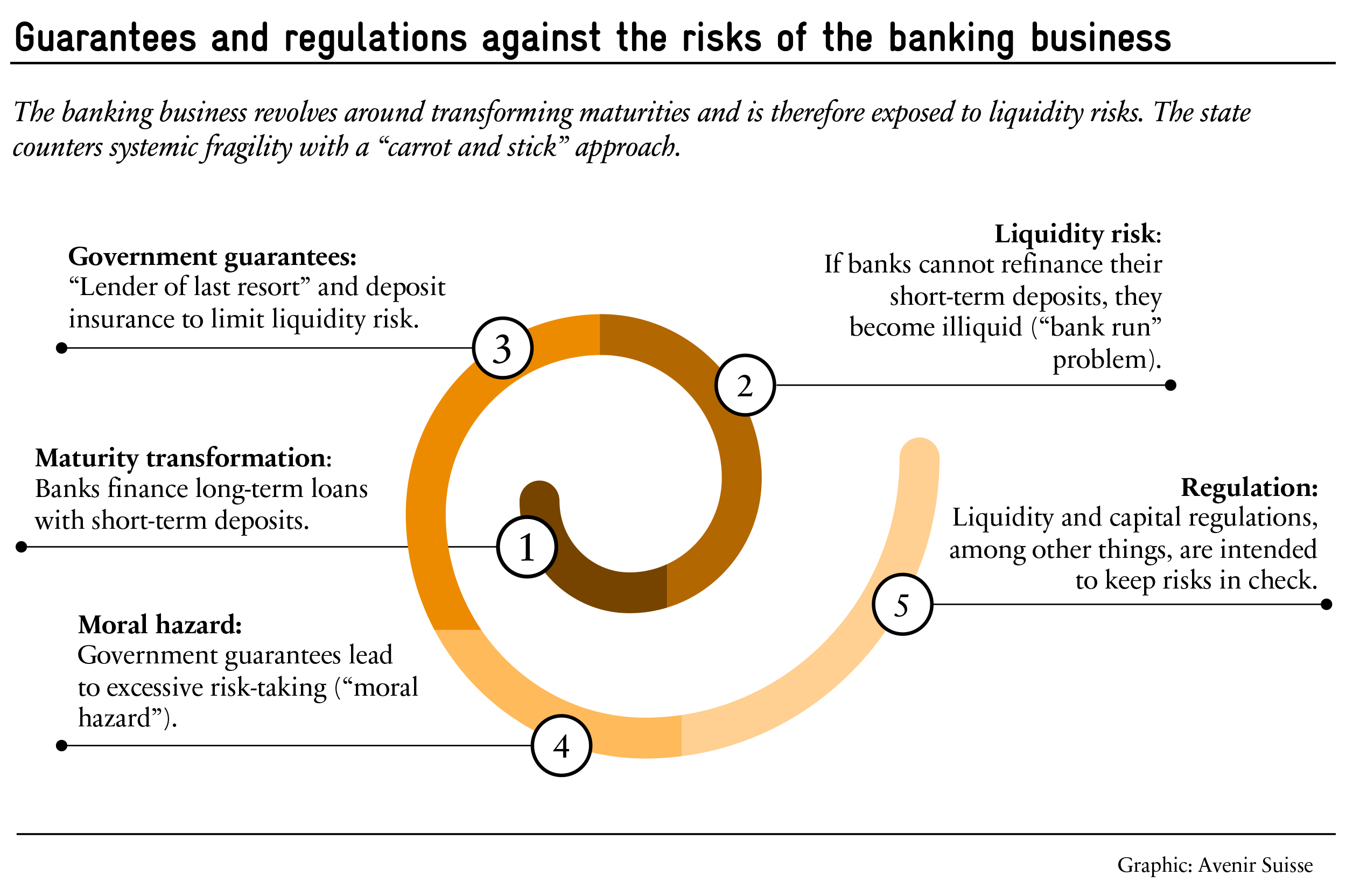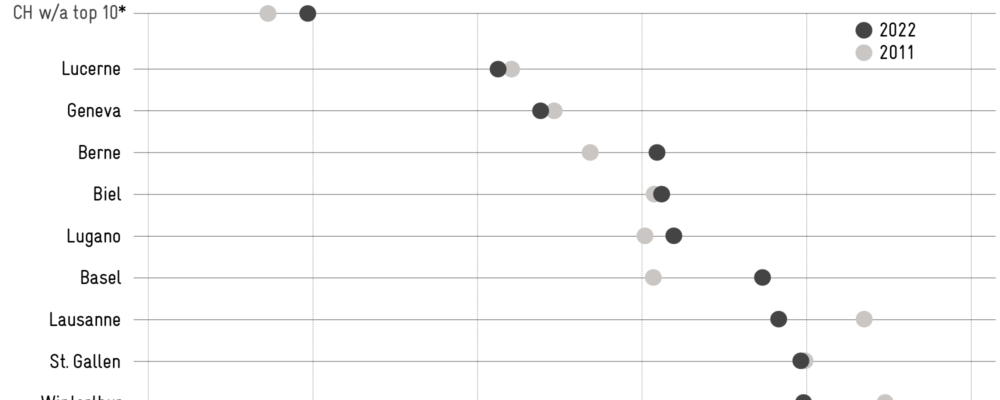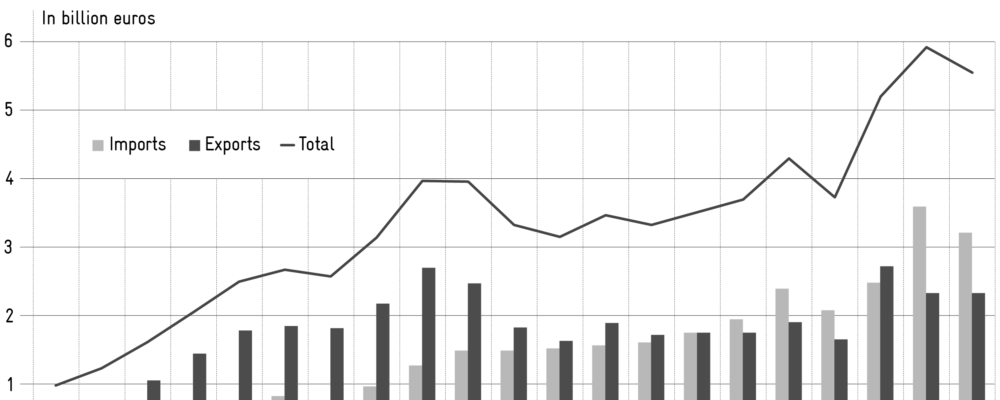On June 12, 2023, UBS formally took over Credit Suisse. This step was announced three months ago, at the historic press conference on March 19. Since then, there has rightfully been fierce discussion about the events surrounding the two major banks. Not only was emergency law applied, but state guarantees amounting to billions were granted. The chosen approach was a result of the power of circumstances and a regulatory failure.
The upshot is that policymakers and the public are once again wondering how to prevent authorities from getting into such a situation again. The debate on possible reforms is suffering from the complexity of the issue. In some cases, the level of analysis shifts in the same breath, with an argument maybe starting with international interconnections and ending with a national ban on bonuses. As a result, the discussion often gets bogged down. What is it really about? Why are banks regulated by the state, and why did all the regulations fail to prevent the collapse of Credit Suisse?
Fragility at the root of the problem
Banking revolves around transforming maturities. What is meant by this is that banks make long-term loans, for example mortgage loans for real estate, and finance themselves in the short term, for example via deposits in the form of bank accounts from all of us. These accounts can be used to pay for goods and services in a similar way to cash.
It is often mistakenly assumed that banks first need deposits to be able to lend. In actual fact, however, banks can create loans and deposits in one go. When a bank grants a loan to a customer, it credits the amount to the customer’s account ‒ it simply extends its balance sheet. In essence, banks are creating money from credit.
This process is well-known and has been described in detail elsewhere. The creation of money by banks is the reason why the banking system is fragile at its core. Indeed, banking always creates liquidity risks in the process. What does this mean?
If a large number of bank customers want to withdraw or move their balances at the same time, a bank will not be able to settle these claims. After all, most of the money is tied up in long-term loans. Such a situation is usually referred to as a “bank run.” Customers “run” to the bank because only the first to arrive will get access to their funds.
Liquidity risks can arise not only from end customers withdrawing their funds from the bank. Bank runs can also occur in the background. Banks always run into difficulties when they can no longer refinance their short-term debt ‒ as happened during the 2008 financial crisis, when banks stopped lending to each other after the collapse of Lehman Brothers.
Government guarantees to prevent collapse
Early on, government guarantees for banks were established to counter the inherent instability of the banking system. The central bank, for example, acts as a “lender of last resort,” lending money to banks during a bank run so that they can cope with the outflow of funds and don’t become illiquid.
In theory, the use of these instruments presupposes that a bank is solvent in the long term and is only experiencing short-term liquidity problems, for example because of unfounded rumors. Indeed, if a bank is performing poorly, in other words if it has solvency problems, the central bank should not step in. Instead, the financial institution should be wound down or privately restructured.
From the 20th century onwards, so-called deposit insurance schemes also became established. These insure bank accounts up to a certain amount: Bank customers also get their money back in the event of bankruptcy. As a result, bank customers have less incentive to “run” to the bank in the event of rumors. In contrast to the lender-of-last-resort function, deposit insurance thus has a preventive effect.
The problem with central bank guarantees and deposit insurance is that they both lead to misaligned incentives. As soon as a risk is insured, the behavior of the insured changes. They start to behave more riskily. In the insurance industry, this is referred to as “moral hazard.”
Here’s an intuitive example: If you have insured your bicycle for theft, you no longer drag it down to the cellar every evening; sometimes, after a hard day, you lock it up in the street instead. The risk of theft is much higher there, but the risk is borne by the insurer and not by you. This mechanism is also at work in banking.
Regulation to prevent excessive risk-taking
In the event of liquidity risks, banks take higher risks because of the lender-of-last-resort function of central banks and deposit insurance. They grant higher-yield and higher-risk loans than if there were none of the aforementioned collateral. This change in behavior is well known. For this reason, government guarantees have always been backed up with regulations to prevent banks from taking excessive risks.
The two best-known types of regulation are liquidity and capital requirements. The former are designed to ensure that banks hold sufficient liquid assets and can thus cope with a liquidity outflow on their own for longer. The latter are intended to ensure that the owners of banks have more of their own money at stake (skin in the game), so that they can take fewer risks out of self-interest and cushion any losses. In addition, a larger equity cushion is also supposed to make it easier to restructure or wind up a bank in the event of a crisis.
Given the combination of guarantees and regulations, the current regulatory framework around banking can be described as a “carrot and stick” approach. The carrot is the lender-of-last-resort function and deposit guarantees, and the stick is rules and regulations. The figure below illustrates the evolution of today’s regulatory framework for banking.
This approach worked surprisingly well for a long time. Regulations kept risks in check and guarantees reassured investors. But toward the end of the 1970s, the wind began to shift: The digital revolution was picking up steam. It was the time when college dropouts locked themselves in garages and began experimenting with computers, and the new information technology also made its way into the financial sector. The global banking system became increasingly interconnected, and complexity in the system increased.
“Avenir Suisse is an independent think tank that works for the future of Switzerland by developing evidence-based, liberal, free-market ideas.”
Please visit the firm link to site






